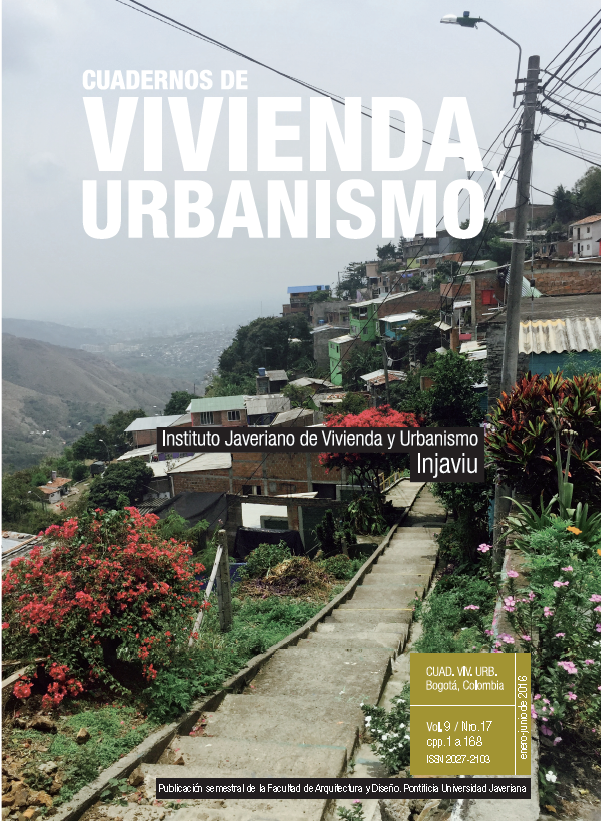Abstract
San Juan defined is as a seismic oasis city with an intermediate scale. Hence, preserve land use and its occupation is very important from a sustainable point of view. This city has spread over the surrounding territory without proper land planning in the last 50 years. That situation has originated several environmental conflicts, such as the lack of green spaces in relation to population growth and the constructed area. Understanding this problem to predict future situations and evaluate different alternatives for land use is a complex work. Therefore, it uses system dynamics as an analysis methodology, also as valuable tool that helps manage this complexity. In order to obtain a first approximation model we consider the evolution of city population and the green areas, the number of homes and its variation in time. These parameters interact forming the analyzed system.
This journal is registered under a Creative Commons Attribution 4.0 International Public License. Thus, this work may be reproduced, distributed, and publicly shared in digital format, as long as the names of the authors and Pontificia Universidad Javeriana are acknowledged. Others are allowed to quote, adapt, transform, auto-archive, republish, and create based on this material, for any purpose (even commercial ones), provided the authorship is duly acknowledged, a link to the original work is provided, and it is specified if changes have been made. Pontificia Universidad Javeriana does not hold the rights of published works and the authors are solely responsible for the contents of their works; they keep the moral, intellectual, privacy, and publicity rights.
Approving the intervention of the work (review, copy-editing, translation, layout) and the following outreach, are granted through an use license and not through an assignment of rights. This means the journal and Pontificia Universidad Javeriana cannot be held responsible for any ethical malpractice by the authors. As a consequence of the protection granted by the use license, the journal is not required to publish recantations or modify information already published, unless the errata stems from the editorial management process. Publishing contents in this journal does not generate royalties for contributors.


